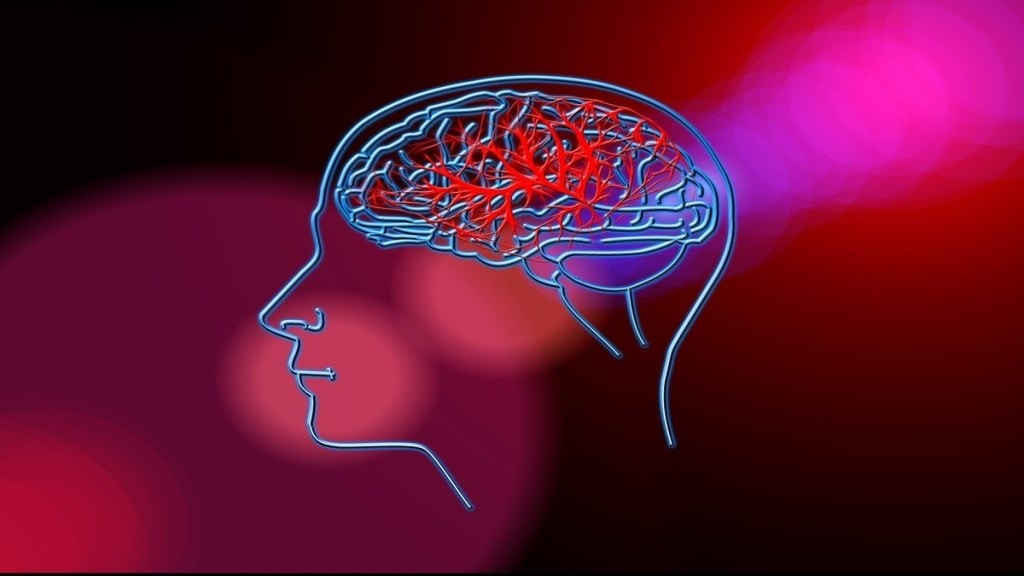Stroke, a condition historically linked with older adults, is now emerging as a national health concern among India’s youth. Across the country, cases of stroke among individuals as young as their late teens are rising at an alarming rate.
Poor lifestyle habits, chronic stress, and lack of preventive healthcare are driving this trend. As strokes leave many young survivors with severe neurological deficits, the need for early medical intervention and rehabilitation has become critical to ensure recovery and a return to independence.
One recent case that highlights the alarming reality of strokes among India’s youth is that of a 19-year-old engineering student from Bangalore. During a routine gym session, the young man suffered a stroke that left him with locked-in syndrome, a rare condition causing near-total paralysis, limiting communication to eye movements. For his family, the event was devastating, turning their active son into someone fully dependent on others. However, his journey of recovery demonstrates how timely intervention and rehabilitation can transform lives.
Strokes are no longer limited to older populations. Across India, young adults are increasingly falling victim to strokes due to unhealthy habits, sedentary lifestyles, and neglect of preventive care. This trend highlights a national health crisis, as strokes not only lead to long-term disabilities but also disrupt families and communities.
For younger individuals, the impact of a stroke can be particularly devastating. Neurological impairments, such as paralysis, speech difficulties, and cognitive challenges, can rob survivors of their productivity, independence, and quality of life. Experts stress that early rehabilitation is critical to addressing these challenges and maximizing recovery potential.
Medical professionals emphasize the importance of acting swiftly in stroke cases. Early rehabilitation during the first 90 days, often referred to as the “golden period,” is essential as the brain’s neuroplasticity – the ability to rewire and form new connections is at its peak. Dr. Dheeraj Adiga, PM&R Specialist at HCAH Recovery and Rehabilitation Center, explained: “The golden period of recovery is vital for stroke patients, as it leverages the brain’s neuroplasticity to rebuild and relearn lost functions. For younger patients, the potential for recovery is even greater if treatment begins early. In this case, we achieved what seemed impossible—removing the tracheostomy in just 50 days and setting the patient on a path to reclaim his life. Timely intervention and rehabilitation not only restore functions but also restore hope.”
At the Recovery and Rehabilitation Center, the multidisciplinary team implemented a holistic rehabilitation program for the young man, addressing his physical, cognitive, and emotional needs. A patient recovery is a testament to how focused, structured care can reverse even the most severe neurological deficits.
The young man’s mother expressed her deep gratitude for the care her son received, saying: “When my son suffered a stroke, our world fell apart. Watching him struggle to move or speak was heartbreaking. But the team at HCAH didn’t give up – they gave him his life back. Today, he can walk with support, eat orally, and even speak understandable words. Seeing him take his first steps again was nothing short of a miracle. HCAH’s care wasn’t just medical – it was compassionate, and it gave our family hope for the future.”
Speaking about the challenges of handling strokes in younger patients, Dr. Gaurav Thukral, Co-Founder & COO of HCAH, highlighted the need for expertise and innovation in rehabilitation: “This case was one of the most complex we’ve encountered, involving rare neurological symptoms and severe motor impairments. Our multidisciplinary team worked tirelessly to overcome these challenges, using advanced medications and therapies to restore vital functions. This young man’s recovery exemplifies the importance of patient-centred care, timely intervention, and the expertise required to address such cases. At HCAH, we are committed to restoring not just mobility but also hope and independence for every patient.”
As stroke cases among India’s youth continue to rise, addressing this issue demands a national-level response. Awareness campaigns, lifestyle interventions, and access to quality rehabilitation facilities must become priorities. Preventive measures such as regular health check-ups, a healthy diet, exercise, and stress management can significantly reduce the risk of stroke among young adults. Equally important is the development of rehabilitation infrastructure across the country. With timely intervention and structured care, stroke survivors—especially young individuals—can regain their independence and lead productive lives.
The story of the 19-year-old engineering student is a powerful reminder of both the devastating impact of stroke and the incredible potential for recovery with timely intervention and rehabilitation. However, as the rise in stroke cases among young Indians becomes a national health crisis, it’s clear that greater awareness, prevention, and access to rehabilitation services are urgently needed.
Centers like HCAH Recovery and Rehabilitation are stepping up to meet this challenge, playing a vital role in helping stroke survivors regain their independence and reclaim their futures. With the right care, recovery is not just possible, it’s life-changing.


